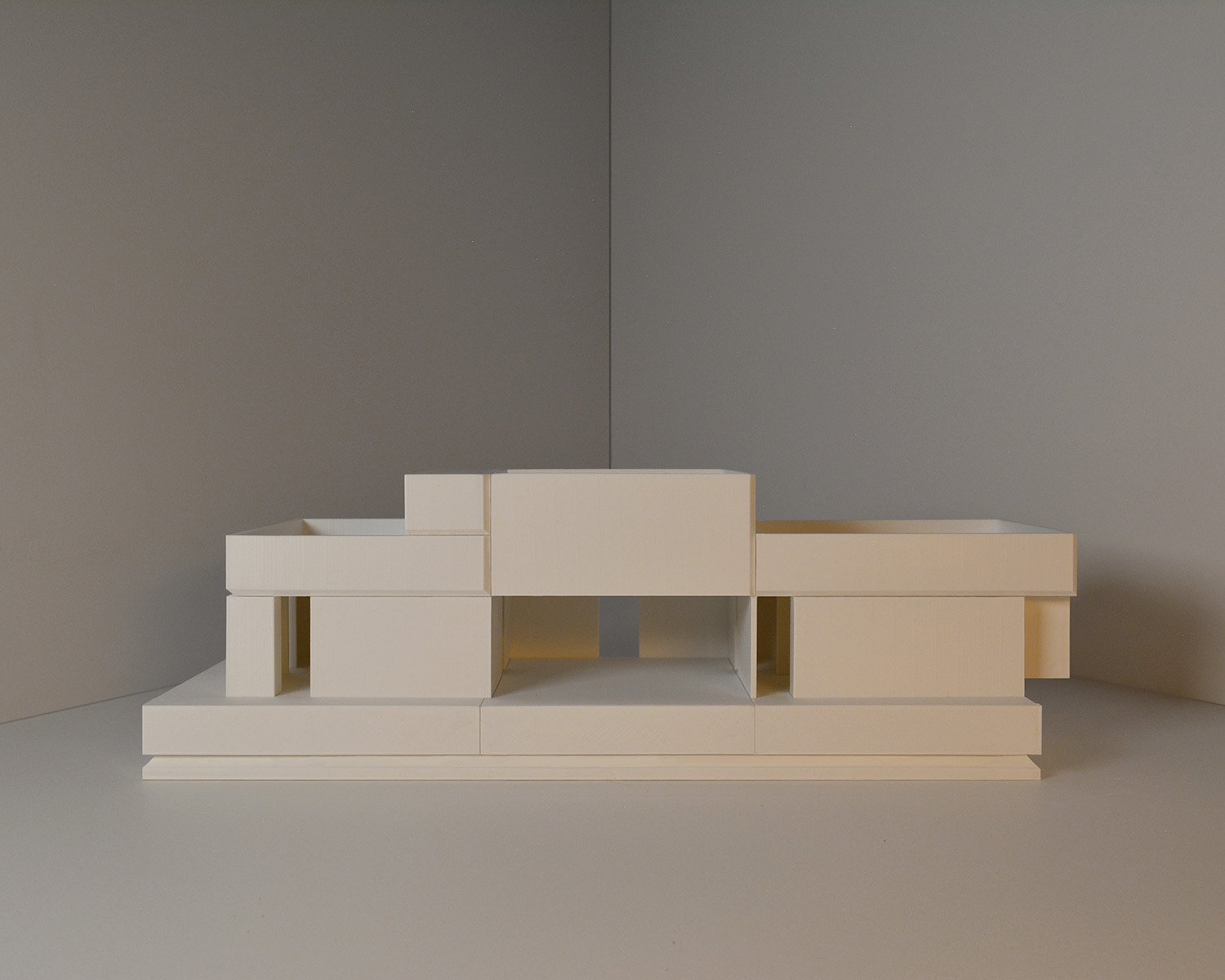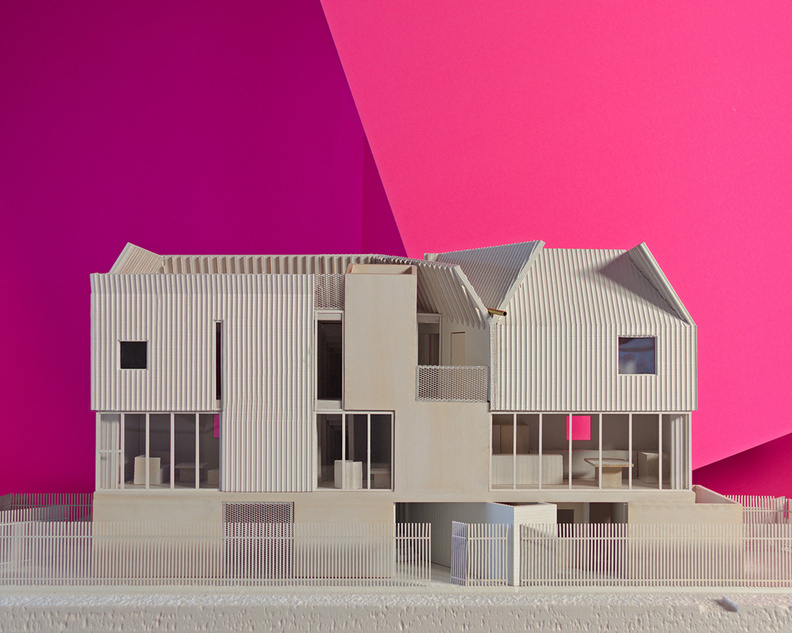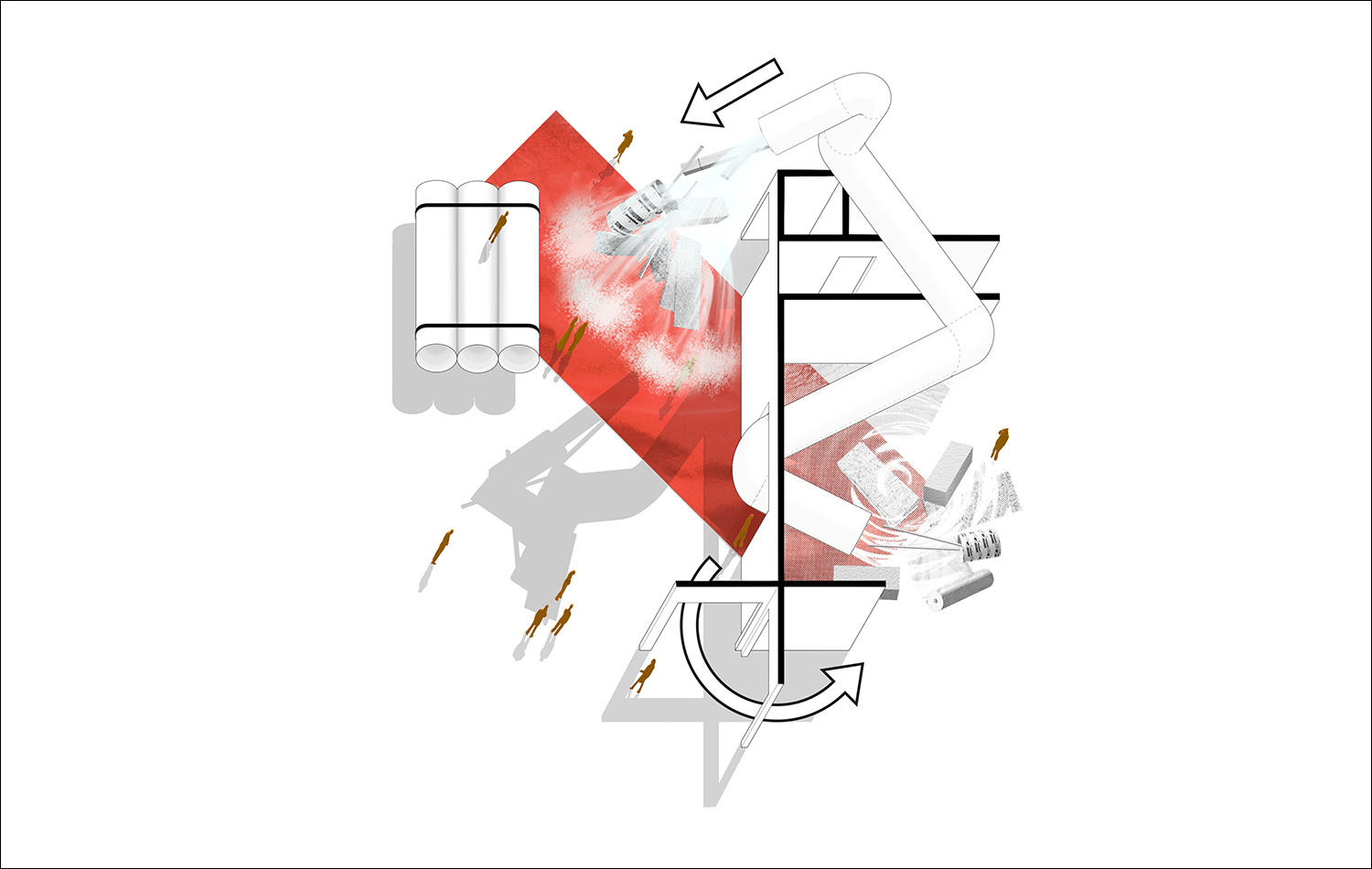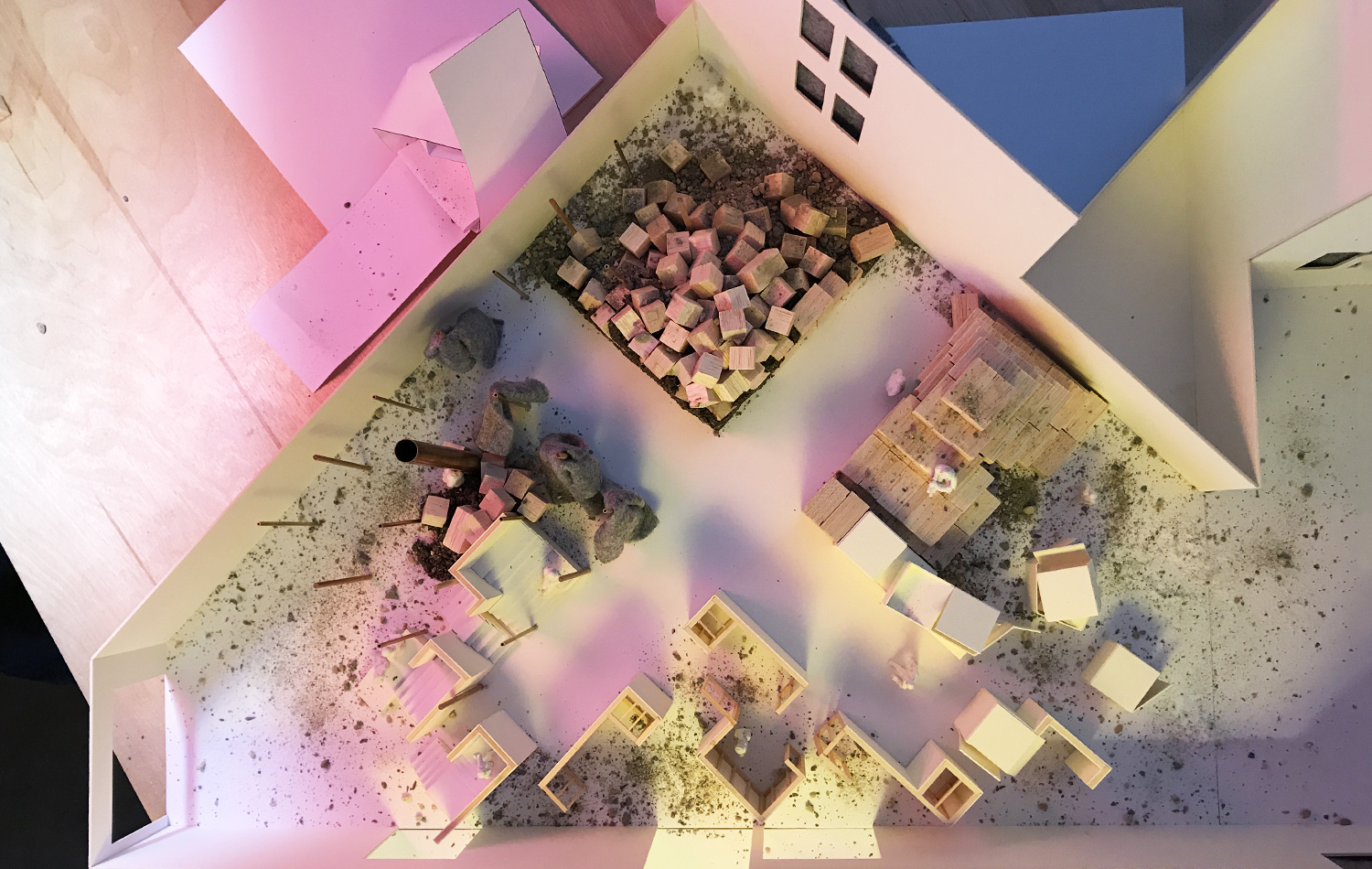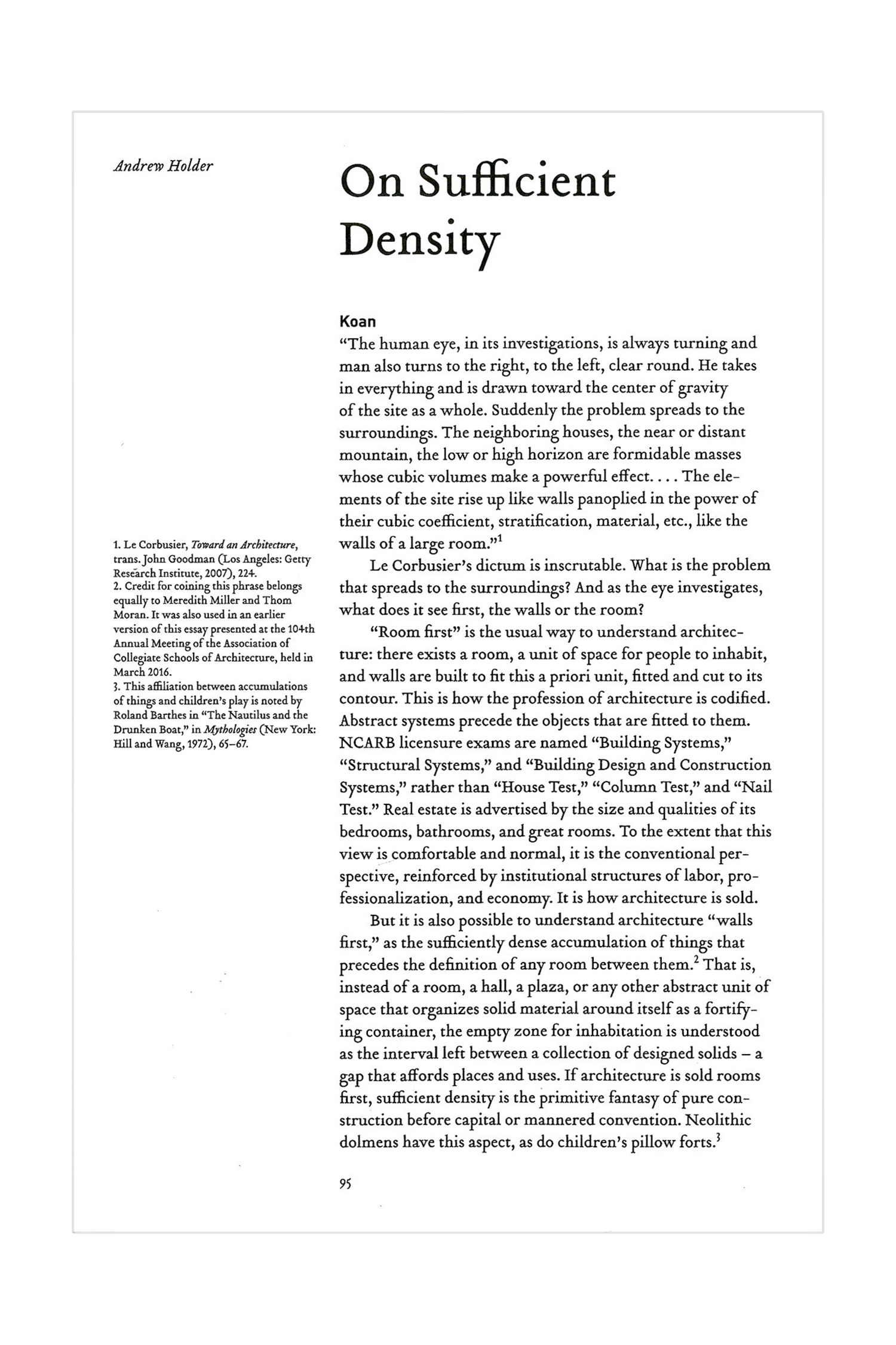LACMA: Eternal Medium
Location
Los Angeles, CA
Year
2023
Status
Complete
Los Angeles, CA
Year
2023
Status
Complete
Project Lead
Claire Rosenberg
Project Team
Samantha Raddice
Sunay Rajbahndari
Steven Katz
Malvin Wibowo
Jon Reike
Claire Rosenberg
Project Team
Samantha Raddice
Sunay Rajbahndari
Steven Katz
Malvin Wibowo
Jon Reike
"Eternal Medium: Seeing the World in Stone" is a show of hardstone artifacts curated by Rosie Mills at the Los Angeles County Museum of Art (LACMA). “Hardstone” is a technique of carving semi-precious stones to reveal illusionistic qualities. The spots on a small carved dog, for instance, might be the natural dispersion of minerals in a stone, manipulated by the artisan to look like fur. The same technique could used for astoundingly complex and painterly representations of hair, cloth, plumage, flowing water, flowers, and even entire village scenes. Although particularly associated with decorative arts in 17th and 18th century Florence, the technique is trans-historical and transcultural – appearing everywhere from Italy to India across a span of more than 1000 years.

LADG’s design for the exhibition was prompted by the range and diversity of the objects on display. Some are barely an inch square, while others are measured in linear feet; some are meant for physical interaction, like snuffboxes and games tables, while others are purely pictures, not meant to be touched.

They defy categorization by size, type, or even a way of viewing. The collection is completely heterogenous in nature with a continually shifting relationship between person and object.

In response, we collaborated with LACMA’s curatorial staff to develop a method of "physical curation.” It uses architectural tectonics like the assembly of walls, plinths, bases, and cabinets to make relationships between people and artifacts. A live, physical sense of this connection comes to the fore a primary element of the show. At the small scale, displays become spatial gestures toward (or away from) the spectator, analogous to a hand. Three small snuffboxes in the "Fooling the Eye" section of the show, for instance, are outstretched at the end of a table cantilevering out away from a wall, into the space of their viewers, with no support beneath. In other places objects are recessed behind, like the flowers in "Manipulating Multicolored Stones" seen through an opening in the wall.

At the larger scale of artifact groupings, the displays set up regions that correspond to ways of assembling and constructing. Several walls lean at an angle, while others brace each other at right angles. Cases stack, tables cantilever, and pads hang. Artifacts themselves are included in these manual assemblies, and this inclusion works to modify the whole viewing situation. The large panels in "Stone for Stone" rest on flat display pads that in turn rest on a leaning wall – not as static wall-pictures, but the last in a series of thick surfaces that accumulate toward the flat surface of the picture plane. Suspended in front of a void, their thickness and weight is palpable.

When displayed “physically” this way, every object becomes viewable in the round. Even when pieces are flat and wall-hung, the method of display calls attention to their thickness, materiality, and weight. This is fitting for the medium of stone. There is no one vantage for looking at a rock, after all, and making objects out of stone requires artisans to reckon with all kinds of obdurate, found properties like weight, hardness, color, and friability.

Object-by-object and region by region, the design of the show accumulates to a larger scene. Full of articulated cabinets and carefully detailed walls, the gallery is reminiscent of the grand interiors that were the original homes for many of the objects on display. The black-on-black color scheme abstracts this association. It is equally evocative of domestic and religious settings, modern or ancient, across many parts of the world. It neither belabors familiar iconography nor does it reject it. At the largest scale of organization, the plan of the gallery is organized in nine parts corresponding to the categories developed by the lead curator. These parts divide the exhibition into a series of loose, open rooms inside the larger space of the gallery. To the south and west, four zones are devoted to pictorial themes, like "Flora and Fauna" and "Heaven and Earth." To the north and east, clusters of work represent technical and material aspects of the medium like "Sourcing Specimens" and "Fooling the Eye."

The effect of all this draws a contrast to more typical exhibition strategies. In most shows, artifacts are displayed in familiar positions with respect to the people who view them. Paintings hang flat on walls and are viewed from an appropriate distance. Sculptures sit atop pedestals, or, in more contemporary instances, on the floor. Small decorative objects are set in vitrines, while larger ones are sometimes in abstract recreations of their original settings, perhaps on altars or in niches. Whatever the specifics of the arrangement, the point of most shows is to make physical arrangements between the artifact and human body part of a well-understood set of conventions that have been largely worked out in advance. These relationships are transparent. This observation is not to discount shows of this kind; it is just to say that physical arrangement, in the sense of being aware of how something is placed, is most often not a primary objective of the installation. “Eternal Medium” revisits these basic agreements and in the process reenergizes the encounter between viewer and artifact in way that is particularly relevant to the precious and rarefied objects on display. Instead of foregrounding lavish expense and preciousness as the primary reason to value hardstone carvings, the show offers an immediate and visceral encounter with their strange beauty.




